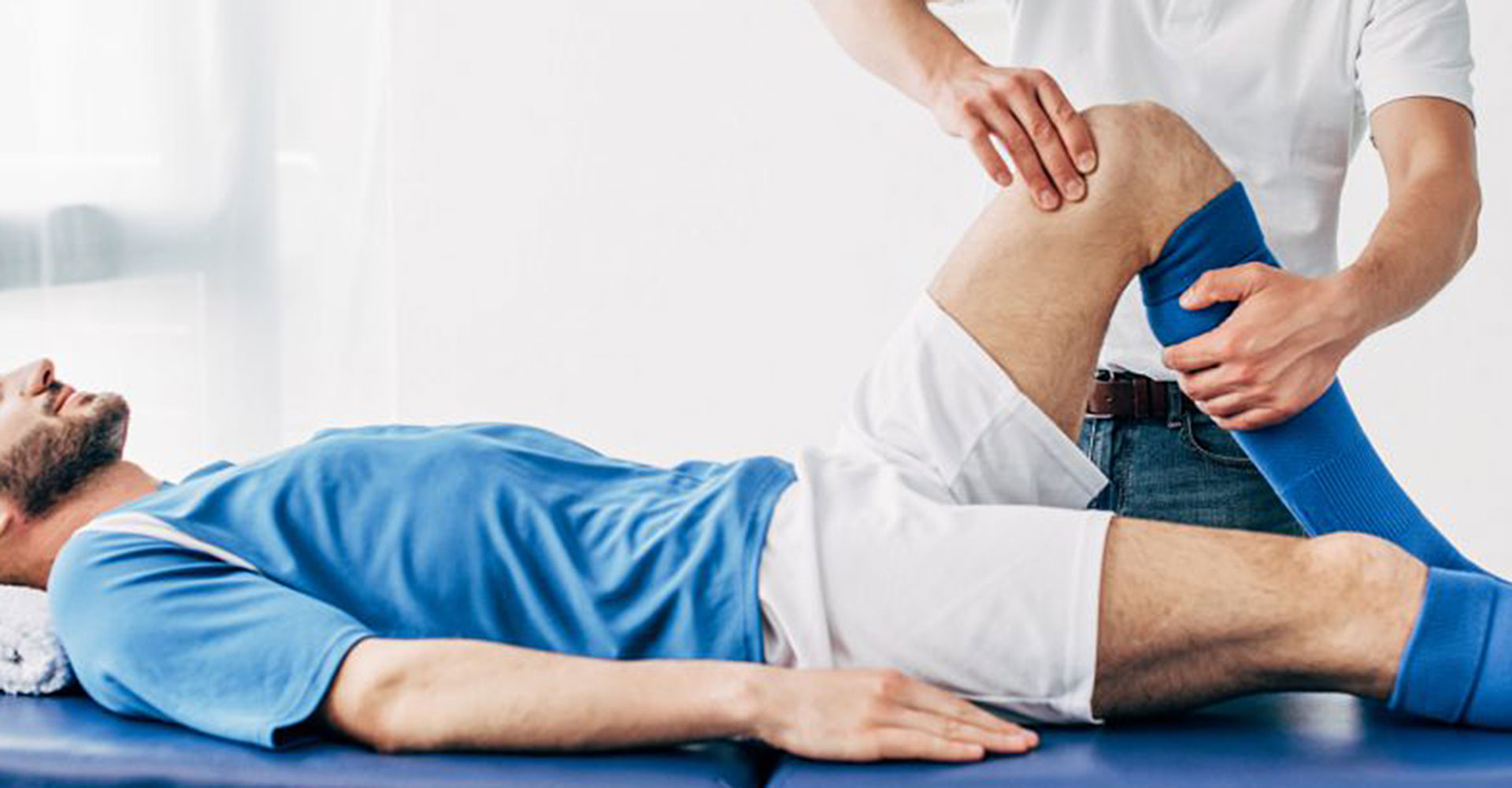The 5 Stages of Rehabilitation in Sports
Sports rehabilitation follows five critical stages that align with the body’s healing process, helping athletes recover fully and prevent future injuries. Understanding these stages is key to a successful return to sport after an injury.
Key Takeaways:
- The 5 stages of sports rehabilitation are designed to ensure a safe, gradual return to sport.
- Each stage focuses on recovery goals: protecting the injury, restoring movement, building strength, enhancing coordination, and sport-specific training.
- Structured rehabilitation helps prevent re-injury and promote long-term success.
What Are the 5 Stages of Rehabilitation in Sports?
The five stages of sports rehabilitation include resting and protecting the injury, restoring mobility, regaining strength and endurance, improving coordination, and sport-specific training. Following these stages ensures a safe recovery and return to competition.
The 5 Stages of Rehabilitation in Sports
Recovering from a sports injury is a step-by-step process. Without structure, athletes risk re-injury or delayed recovery. Below, we outline the five stages of sports rehabilitation, a proven process that addresses each aspect of healing.
1. Rest and Protect
The first stage focuses on reducing pain and inflammation by resting the injured area and protecting it from further harm. Depending on the severity, activities will be restricted or modified, ensuring the body begins its healing process. For example, pool exercises may be introduced to keep muscles active without stressing the injury.
2. Mobility and Movement
Once the pain subsides, the next step is to restore range of motion and flexibility. Tightness in muscles and joints often follows injury, and it’s crucial to regain mobility. Therapeutic exercises like gentle stretches or targeted movements help restore normal function, allowing athletes to move without discomfort.
3. Strength and Stamina
After movement returns, rebuilding strength and stamina is essential. This stage includes progressive exercises to strengthen weakened muscles and improve endurance. Bodyweight exercises, resistance bands, and low-load activities focus on gradually increasing strength without risking re-injury.
4. Reconnecting to Coordination
Coordination and balance are often impaired after an injury, so this stage focuses on restoring neuromuscular control. Exercises targeting balance and proprioception, such as single-leg stands or balance board work, retrain the body to perform complex movements instinctively.
5. Rebuilding Sport-Specific Technical Movements
Finally, athletes return to sport-specific training. This stage incorporates the skills required for their sport, such as cutting, pivoting, or jumping. The goal is to reintroduce these movements in a controlled environment, allowing for a safe and confident return to competition.
Get Expert & Professional Help Today!
In-home physical therapy provides a valuable service for patients dealing with a variety of conditions, offering both convenience and customized care. Whether you’re managing arthritis, recovering from surgery, or working to improve balance, in-home PT allows you to heal and regain your independence without leaving the comfort of your home. If you’re in need of physical therapy and looking for a more personalized approach, consider the benefits of in-home services.
Steven Cheung, DPT
Steven is the founder and lead physical therapist at SYNAPTIC Rehabilitation. He earned a BS in Exercise Science Applied Kinesiology from Rutgers University in New Brunswick, NJ and his Doctorate degree from American International College in Springfield, MA. Steven specializes in movement disorders such as Parkinson’s disease and many other neurological disorders. Outside of practicing physical therapy Steven enjoys time with his wife, running, and staying active.

